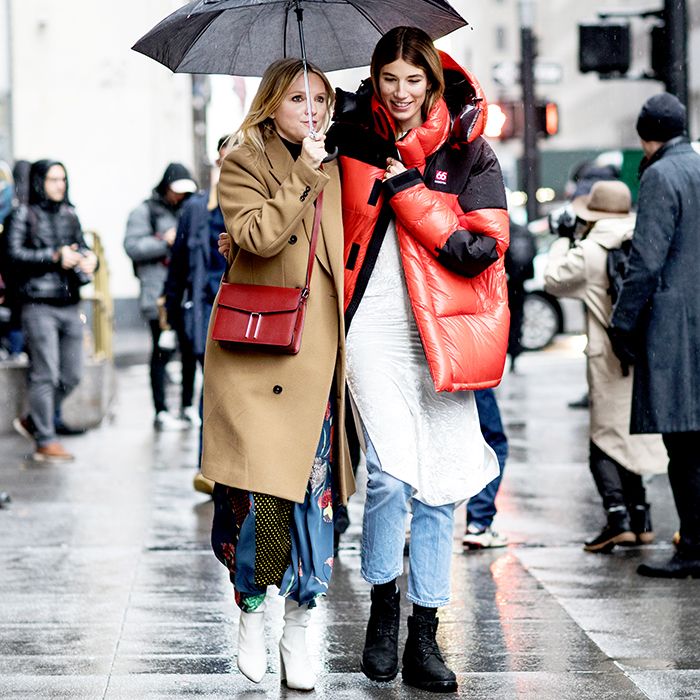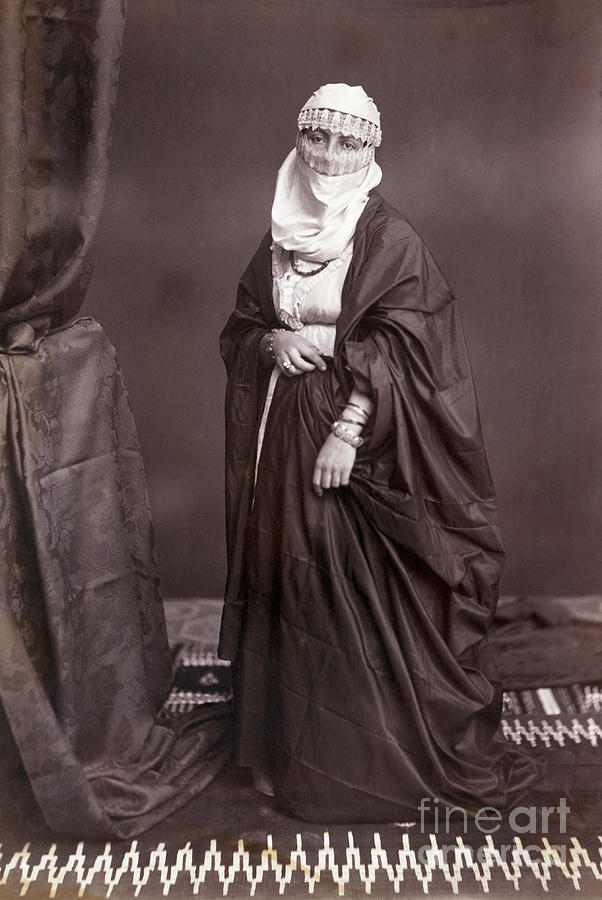Embrace the Elegance of Multiculturalism With Eastern Wear
Exploring the intricate globe of Eastern wear opens a world of cultural richness and imaginative expression that goes beyond boundaries and time - eastern wear pakistan. From the dynamic hues of conventional Chinese qipaos to the regal beauty of Pakistani shalwar kameez, each garment envelops a distinct story that talks quantities regarding the heritage and customizeds of its origins. As we browse via the tapestry of Eastern style, we discover covert treasures of imagination and custom that not only adorn our bodies however likewise link us to a deeper sense of belonging and recognition for the diverse tapestry of global society
Beginnings of Eastern Use
Stemming from ancient human beings in Asia, Eastern use incorporates an abundant tapestry of tradition and social significance. The origins of Eastern wear can be mapped back to numerous areas such as India, China, Japan, and the Middle East, where clothing was not just a way of covering the body however also a representation of social condition, profession, and religions. In India, as an example, traditional clothes like the saree for women and kurta-pajama for males have been used for centuries and hold deep symbolic definitions. In China, the cheongsam and qipao are iconic items that display the style and elegance of Chinese culture.
Eastern wear has actually progressed in time, blending historical personalizeds with modern-day influences to develop a varied range of styles that accommodate various occasions and choices. From detailed embroideries to dynamic colors, each garment tells an unique story of its social beginnings, making Eastern put on a symbol of heritage and identity that remains to astound people worldwide.
Importance in Standard Outfit
Conventional clothes in Eastern cultures brings profound symbolism that shows the worths, ideas, and heritage of diverse communities. Each garment, shade, and layout aspect in Eastern typical clothing holds considerable social definition. As an example, in Indian society, the saree represents custom, elegance, and feminineness. The detailed patterns and motifs on a Japanese robe typically represent nature, seasons, and even social standing. In Chinese society, the color red in typical garments indicates good luck and joy, while the dragon theme symbolizes power and strength.
Moreover, conventional clothing is usually put on throughout special events and events to honor traditions and showcase cultural satisfaction. As an example, the vivid tones and in-depth needlework on a Pakistani shalwar kameez put on throughout weddings commemorate delight and celebration. Comprehending the symbolism behind Eastern typical clothing not just adds depth to the clothing yet likewise promotes admiration for the rich cultural heritage and worths embedded within these garments.
Impact of Eastern Style in the West
The combination of Eastern style elements with Western designs has created a captivating fad in the international style industry. For many years, Eastern fashion influences have made a considerable influence on Western style, with developers and fashion fanatics alike drawing inspiration from the abundant traditions of countries like India, Japan, and China.
Among one of the most noticeable impacts of Eastern style in the West can be seen in the appeal of standard Oriental garments such as the saree, bathrobe, and qipao. These garments have actually been reimagined and adapted to match Western tastes, resulting in special and fashionable combination items that mix the finest of both worlds.
Moreover, Eastern concepts, embroidery methods, and shade palettes have likewise discovered their way into Western fashion collections, including a touch of exoticism and class to contemporary designs (eastern wear pakistan). The seamless assimilation of Eastern and Western style elements not just showcases cultural variety but additionally fosters creativity and technology in the ever-evolving globe of style

Modern Interpretations of Eastern Styles
Just how have contemporary fashion developers reimagined and translated Eastern designs for a modern audience? Over the last few years, there has actually been a surge in modern-day analyses of conventional Eastern garments that accommodate the preferences of a globalized globe. Developers are mixing traditional Eastern shapes, complex needlework, and rich materials with modern cuts, cutting-edge fabrics, and strong shades to produce a fusion of East-meets-West fashion.
One widespread trend in modern analyses of Eastern go to the website designs is the incorporation of traditional themes and patterns into Western apparel pieces. This blend results in unique garments that commemorate the rich heritage of Eastern cultures while appealing to a more comprehensive audience. Developers are experimenting with mixing and matching various Eastern components, such as pairing a traditional kurta with modern-day denim jeans or layering a saree with a structured sports jacket.
Tips for Styling Eastern Clothing
When styling Eastern garments, think about integrating modern devices to produce a eclectic and well balanced appearance. Typical Eastern apparel, such as sarees, kurtas, and sherwanis, can be elevated by adding modern elements like statement jewelry, smooth handbags, or trendy footwear. Mixing conventional Eastern outfit with modern pieces can cause a distinct and elegant set that showcases a fusion of societies.
An additional suggestion for styling Eastern garments is to have fun with colors and patterns. Don't be afraid to trying out complex styles or strong shades to make a fashion statement. Mixing and matching different patterns within the very same attire or pairing contrasting shades can add aesthetic interest and depth to your look.
Furthermore, pay attention to the fit of the Eastern garments. Additionally, don't wait to equip with traditional Eastern fashion jewelry, such as jhumkas, bracelets, or maang tikka, to finish your set with a touch of authenticity and beauty.
Conclusion
Finally, Eastern wear offers an one-of-a-kind opportunity to appreciate and recognize the diverse cultures and practices of Asia with fashion. sites By comprehending the beginnings, symbolism, and influences of conventional clothing, individuals can welcome the beauty of social diversity and incorporate Eastern designs right into their closet with regard and admiration. With modern-day interpretations and thoughtful designing, we can remain to celebrate the abundant heritage and craftsmanship of Eastern fashion in a significant way.
Each shade, design, and garment component in Eastern conventional clothes index holds significant social meaning. Recognizing the meaning behind Eastern standard outfit not only includes depth to the garments but also cultivates admiration for the rich social heritage and values installed within these garments.
